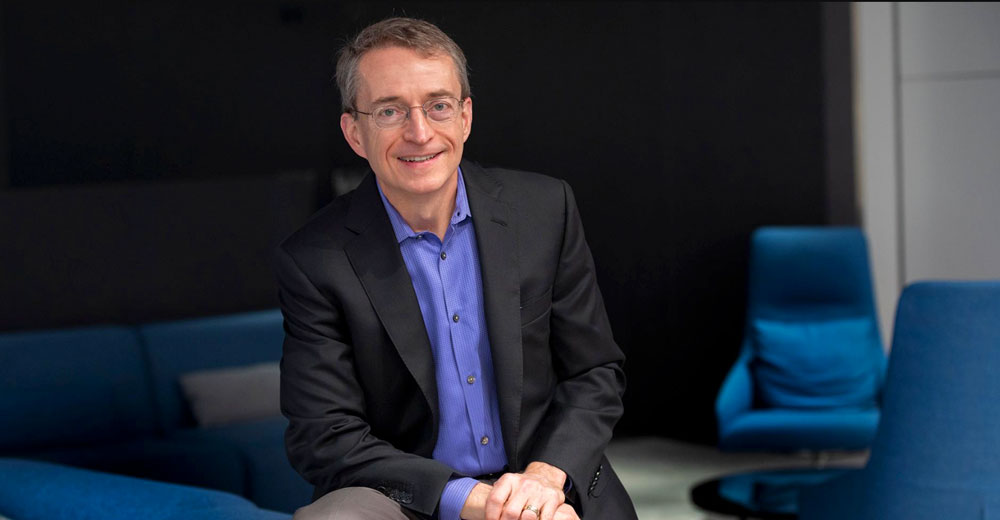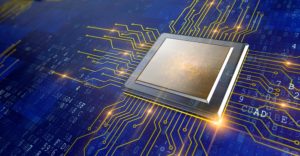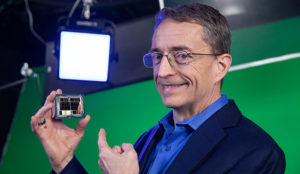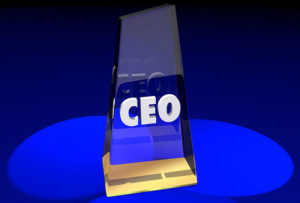Earlier this month Intel CEO Pat Gelsinger gave a lengthy presentation on his plans for the company. It was a comprehensive talk addressing issues that ranged from competitive performance to finding a solution for the massive processor shortage that is crippling U.S. manufacturing.
The latter was driven home recently when I looked to replace one of my cars, only to find that the chip shortage assures that the options I’d wanted — 3D camera, head-up display, and automatic air shocks — just won’t be available this year.
The auto industry has been hit extremely hard, causing some needed improvements like advanced autonomous driving to be delayed until the 2026 model year with the hope that, by then, this shortage will be mitigated.
As I watched Pat talk, I also watched Intel’s valuation decline because he was talking about strategic moves, and the market can’t spell strategy. It is instead focused on tactics that can artificially hold up valuations, often at the cost of long-term corporate viability.
Consequently, Gelsinger is at risk for doing the right thing while CEOs who are behaving badly enjoy incredible financial rewards. It seems like we are rewarding the wrong behavior.
I recall when Michael Dell saw the same thing, he took Dell private — and Pat Gelsinger, before returning to Intel, reported to Michael Dell — suggesting not only a solution for his problem but someone who could help him get it done.
Let’s talk about that this week, and we’ll close with an offering announced last week by another ex-Dell employee, Alex Gruzen, which focuses on wireless charging for electric cars.
The Problem With Doing a Turnaround
There are basically two paths you can take when taking over a company that is in trouble. One is to sell off as many of the assets as you can, lay off as many of the workers as possible, and then package the company for sale as a crippled whole or for its assets. Operators like Carl Icahn take the latter path, which has proven to be very lucrative, but even he says the system he is taking advantage of is broken.
Michael Dell, Lisa Su of AMD, Louis Gerstner, and Steve Jobs all took the former path and recovered the companies they turned around into powerful entities. Their approach benefited customers, employees, and regular investors who, unlike hedge fund managers and corporate raiders, believe in creating sustainable value and leaving behind a positive history that outlasts their lifetimes.
Ironically, in my own research, executives that focus tightly on monetary benefits exclusively tend to have few real friends, multiple marriages, and children who love their money more than they love them.
I remember talking to one of the legends of Silicon Valley who was extremely wealthy but complained of the fact that his “guests” enjoyed his toys more than he did; and that the only reason his family and so-called friends did things with him was to get access to his waning influence and massive wealth. He died a few years later, pretty much unloved and alone.
Steve Jobs did recover his company, but he also treated his employees and many of his early friends and supporters very poorly. His last words, reported by some though disputed by others, were:
“I reached the pinnacle of success in the business world. In others’ eyes my life is an epitome of success. However, aside from work, I have little joy. In the end, wealth is only a fact of life that I am accustomed to. At this moment, lying on the sick bed and recalling my whole life, I realize that all the recognition and wealth that I took so much pride in, have paled and become meaningless in the face of impending death.”
CEOs that take care of their employees, customers, and investors, and focus more on helping their companies than lining their own pockets are more widely well-regarded, tend to have far more solid family relationships, and remain well regarded even after death.
For instance, people still talk fondly of Thomas Watson Jr., who is credited with turning IBM into the powerhouse it once was decades after his death. His name is not only synonymous with IBM’s early success but also still carried on IBM’s most iconic product, the Watson supercomputer.
We should be penalizing CEOs who sell out their companies and rewarding CEOs that take the personal risks involved in saving them. Yet often — and currently with Intel — the opposite seems to be happening. That’s because those that control much of the stock of public companies aren’t investing in the firm’s future the way they did in the past. Instead, they’re just looking for a fast way to make money — often to the detriment of the company.
It is understood that a turnaround CEO may not survive the time needed to rescue the company. Yet a CEO that breaks up the company and makes money from consuming its assets will be very wealthy, but at the expense of the people the job is supposed to protect.
Going Private
The one way around this problem was showcased by Michael Dell, who did what most of us thought was impossible. He not only took Dell private but took EMC private as well by acquiring that company.
While private, he was able to make the critical strategic decisions that turned Dell into the most powerful company in the technology space, with capabilities in line with IBM at its peak in the 1980s and with a reach far beyond what the company initially targeted.
Once that effort was complete, he again creatively took Dell public. But the turnaround was over, and Dell was then positioned for the future.
Pat Gelsinger was first hired by EMC, then acquired by Dell, and was well regarded as CEO of VMware both personally and professionally. It was also clear that Michael and Pat liked and enjoyed each other’s company. Given Dell’s dependence on Intel, I’m sure that Michael, if asked, would assist Pat in doing what Dell did when he went big and didn’t go home, as I wrote several years ago.
However, there remains a stronger relationship benefit, reputational benefits, and I’d argue life benefits to create value than gaming the broken system.
Granted, we likely should fix the system, but until and unless that happens (don’t hold your breath), Michael Dell demonstrated that taking a company private — even a large company — is possible and can provide the time needed to complete the effort.
Pat Gelsinger is putting himself at risk to do the right thing for Intel. I’d like to live in a world where executives that take this far more difficult path are supported and not penalized. We, unfortunately, don’t live in that world. But fortunately, there is a workaround. Here is hoping Pat finds and uses it or doesn’t need it because losing Pat would not bode well for Intel’s long-term future.

WiTricity Halo Wireless Charging for EVs
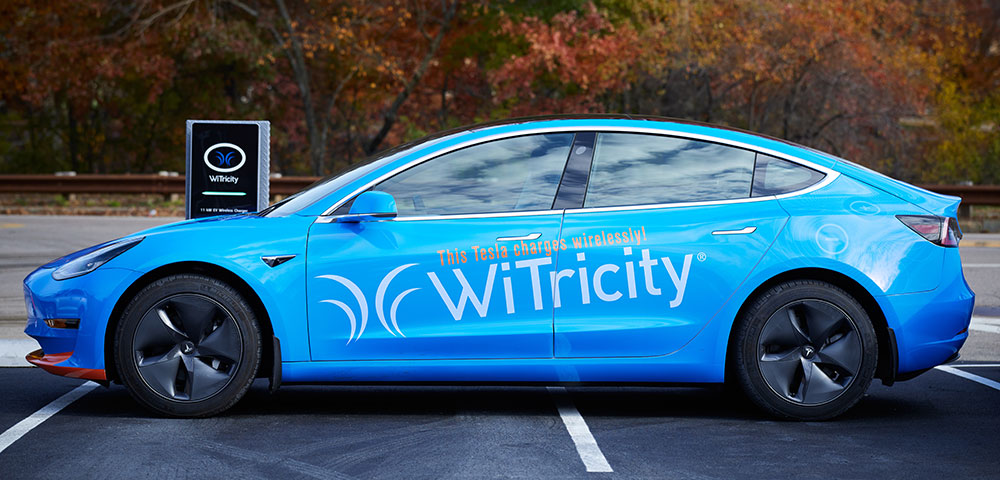
Last week WiTricity announced its Halo wireless charging offering for electric cars.
For those of us that have electrics, we love how they drive, we love their silence, and we love their power and torque. We don’t love the battery limitations and charging the darn things. Better battery technology is coming with newer formulations and even solid-state designs but fixing the charging process will go a long way toward making electric cars more attractive.
WiTricity Halo is an offering where they plan to, for a price in the range of a good Level 2 charger, install a wireless charging station at your home so that all you must do is pull into your garage and park, and your car will charge automatically.
In a garage, public setting, or even on the street, this wireless charging option will allow you to park, leave the car, and have all the transactional parts of the effort handled either automatically or from the dash of your vehicle. No more struggling with apps, card readers, or charging cables (which have gotten a ton heavier and stiffer of late). Just park and charge.
A Hyundai Genesis charging wirelessly. The dashboard screen helps guide the driver over the charging pad and without exiting the vehicle and having to plug into a charger, the car begins charging.
The charging rate is in line with Level 2 chargers. While far slower than Level 3, many of us rarely use Level 3 chargers anyhow, preferring the simplicity of just charging at home. But we’ve also been in a rush and forgotten to plug in our cars, only to find the next morning we don’t have enough charge to make it to work and lack the 12 or so hours to charge the car before we leave.
Wireless charging fixes that and would substantially reduce not only the risk of an uncharged car but tripping over the cord (which I’ve done several times over the years).
Currently, we can wirelessly charge our phones, tablets, and even our earbuds. What we desperately need is the ability to wirelessly charge our cars. Later this year, we’ll finally get that option with WiTricity Halo.
I really want to be able to charge my electric Jaguar I-Pace wirelessly, so WiTricity’s Halo wireless charging solution is my product of the week

